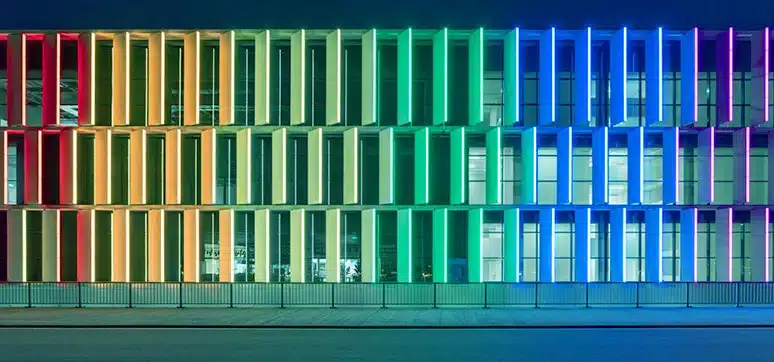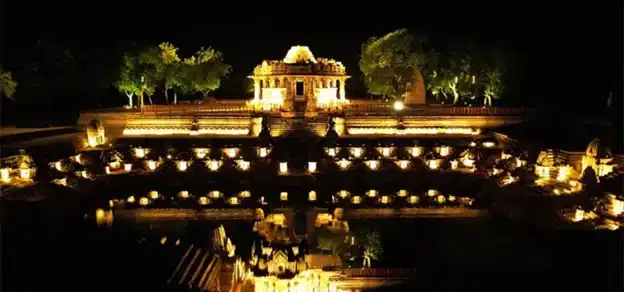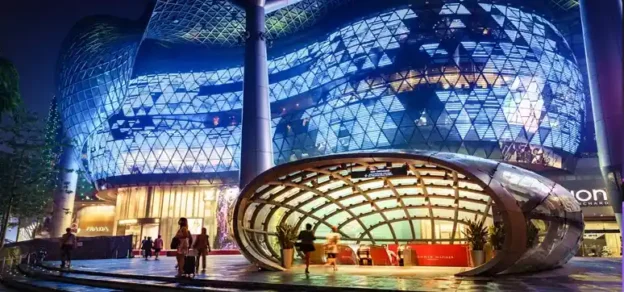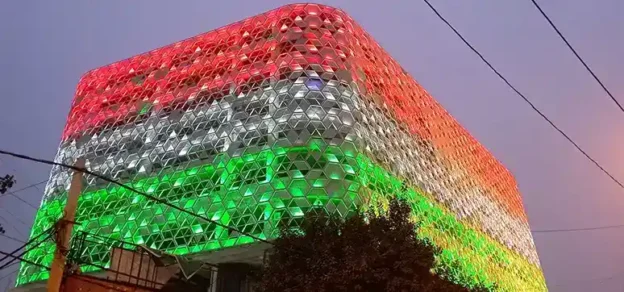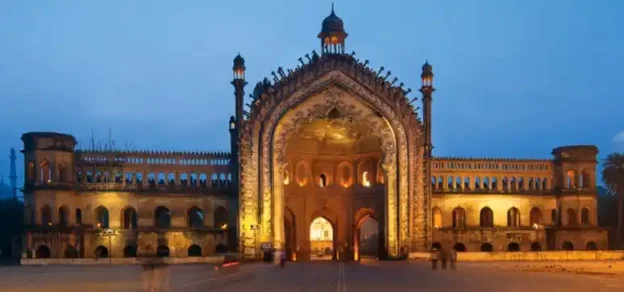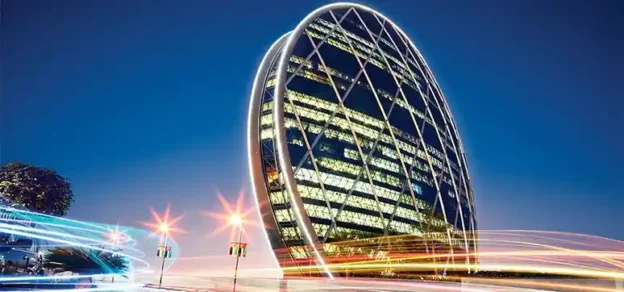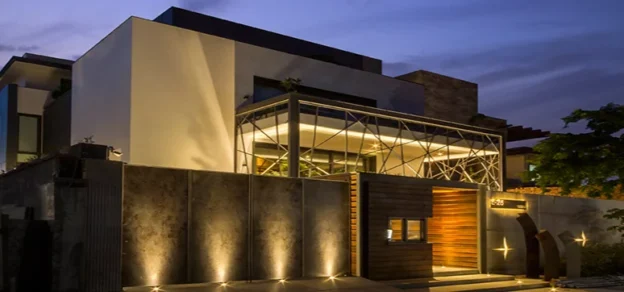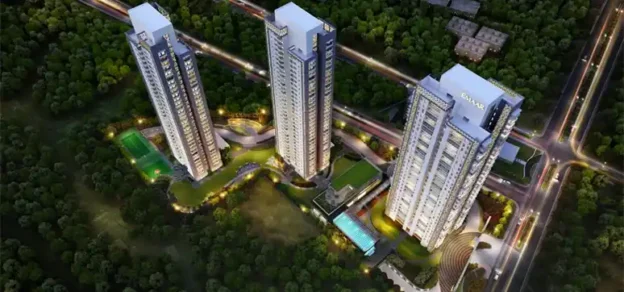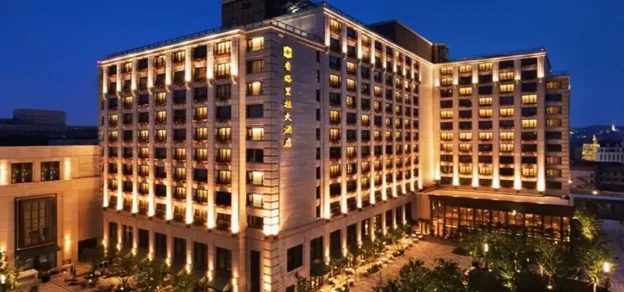Facade lighting is a key aspect of architectural design and can bring any building or structure to life. Light influences the perception of its facade and surroundings. Layers of light define the focus and can turn spaces into experiences. When the sun sets, as amazing as the architectural design may be it fades into the darkness. The exterior facade lighting showcases their unique design plans during dark hours, communicates emotions, and creates attention. Facade lighting highlights the key features of the building and adds an artistic feel to the exteriors. Architectural design, quality, and styling meet design, aesthetics, and economics, to deliver high visual impact.
The function of the building

It’s always smart to consider the overall function of the building. For instance, Hospitality buildings should exude brightness and relaxation. The hotel is the social hub encouraging the growth of the surrounding neighbourhood. For this, a consistent colour and lit effect on a modern facade can do the trick. For residential buildings, architectural lighting is completed in balance with the surroundings to create a warm intimate space.
Commercial architectural lighting uses light shades and light hues, creating contrast between vertical and horizontal, between integrated lighting, and uplighting trees that encourage people to be safe and spend more time exploring. Apart from the function of the building, the facade lighting should be considered in different areas like entrances, connected pathways, and surrounding landscapes. That’s how dynamic architectural lighting can be.
Importance of Facade Lighting
Lighting designs influence the perception of its facade and the surroundings, and further also urban spaces such as parks, pavements, and parking lots making people want to come and see it. There are various reasons why architectural lighting is important. It goes beyond aesthetics, offers functionality, and increases the safety and security of the building. Architects and lighting designers are working together unlike before to develop more than just a beautiful and functional building.

Aesthetic- With proper lighting you can set the right mood and call attention to itself. It enables people to see the form and character of the building that is not seen or understood in the daytime. The lighting should tell a story, evoke emotions, and becomes a reason for coming back.
Function- The main function of lighting is to help us see and also discourage trespassers from getting near. Architectural lighting increases safety and reduces the risk of accidents. It provides security and protection easily and cost-effectively.
Green and Sustainable- Today lighting designers are moving towards more sustainable options, offering contemporary lighting solutions for building facades. For instance, using LED lighting that is sustainable, energy-efficient, and provides uniform lighting. These lights can emit enough brightness and come with many possibilities to customize the light of building design with different colours, the architecture of wall surface, intensities, etc.
Types of Facade Lighting Techniques
Direct lighting– Direct lighting refers to light fixtures that are right on the building facade itself like media facades or spotlights.
Wash lighting– The wash lighting technique seeks to highlight the flat facade and illuminate larger objects using a wide beam of light. Wall washing with uniform illumination helps in better enhancement of the architecture of the wall surface. To achieve an efficient and attractive wall-washing effect, you have to place the light fixture a bit far from the facade.

Wall grazing– Wall grazing is the method of positioning the light fixture closer to the wall to highlight its texture and architectural character. The light fixtures are gradually placed at the ground, starting illumination from the bottom fading gradually towards the upward direction for mysterious and fascinating effects on surfaces.

Accentuating– This type of technique can be used to emphasize vegetation, particular objects, or elements using directed beams of light. This method is perfect for facades, entrances, arcades, and objects, creating a startling effect.
Floodlights– Floodlights provide uniform illumination that is casting the same brightness on a vertical surface. It offers optimum beam alignment through lens adjustment and can highlight the details of the building.

Hidden illumination– This one is the most challenging but fascinating lighting technique, and you can achieve a dynamic look in your facade lighting application.
One way is to use the silhouette technique by creating shapes through the right angle of the lights without focusing on separate elements. Another way is the contour technique, which uses LED strips that give the structure a certain glow and create a striking effect.
Conclusion-
Lighting the facade fabricates dramatic effects that can enhance night- time of any building and give visitors a reason for coming back. Lighting design adds charm and glamorous touch to the building. The power of architectural lighting changes the way people perceive or respond to buildings, environments, and the space around them.
Writer Credit: Ar. Jahnavi Malhotra
